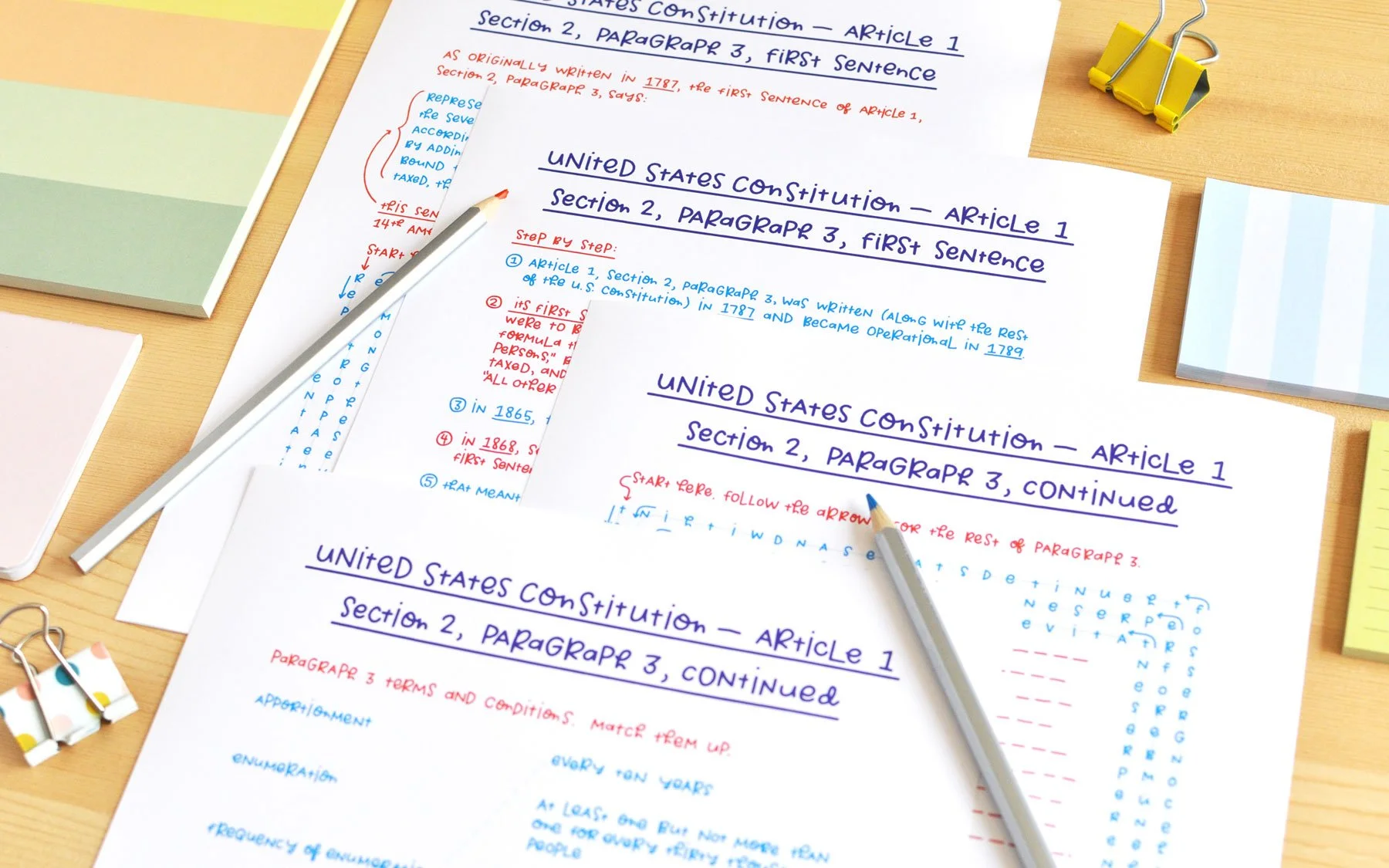It’s summer.
For me, summer brings a predictable lull in my various endeavours, a sense of restlessness, and, on the home front, schedule disruptions so massive that I wonder if life will ever be the same again.
And so, as usually happens around this time of year, my attention has wandered off in an entirely new direction. I’ve decided to turn that attention into a season-long project.
Here goes nothing.
I’m journaling my way through the United States Constitution.
You might be thinking one or both of these thoughts:
Wait, aren’t you Canadian? And also not involved whatsoever in any sort of Constitutional scholarship, battles, or intrigues?
It’s true. I’m simply an interested person reading a historic document. (Although, it has been in the news A LOT lately.)
You might also be wondering what the U.S. Constitution has to do with journaling. I asked that of myself at first, too.
Why the interest?
I’m familiar with the U.S. Constitution, but at a pop-culture level, as an occasional movie-goer and reader of novels and articles that highlight the exciting parts and gloss over the dull stuff. I’ve never read it from beginning to end.
And even though I’ve just started, I’ve noticed some fascinating parallels with the journal-related principles I adore.
The Constitution is a document that sets out its signatories’ vision for their nation, what they wanted it to become. In it, they articulated their ideas, rules, and procedures for getting there. From a personal perspective, this is a huge part of journaling: exploring who you are, deciding what you want for yourself, and then figuring out how to make it happen. (Also, writing it all down and making adjustments as you learn and grow. So many parallels.)
I don’t want you to think I’m making light of the subject or the document.
I promise you I’m not. There is thoughtfulness here and consistency with my prior efforts and interests.
If you’ve poked around this website a bit, you’ll know I’m always looking for ways to make the hard work of reflective practice a little easier, more colourful, and heck, even fun.
I’m reading the Constitution in the same way — especially the long, complicated parts: puzzling it out, thinking about what the words mean, and learning one tiny step at a time.
Of course, there will be colourful, puzzle- and prompt-filled printables.
Making printables is a way in for me — a way to ensure I read every word without skimming through the details or avoiding unfamiliar terms or ideas.
I’ve started at the beginning, with the preamble. It’s thrilling to read that single sentence, filled with a vision of the nation to come and think about what it meant then and now.
Here’s a peek at the first two printables:







